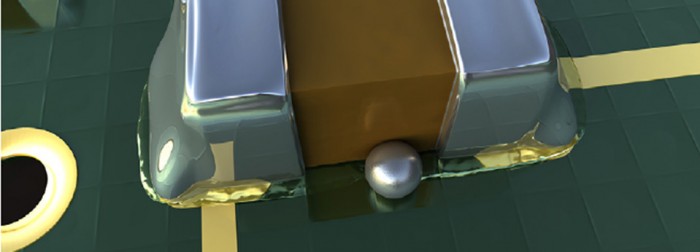New product design is a very complex process, with lots of moving parts that have to come together and fit perfectly. Ignoring even the simplest of the steps can result in a product failure or unnecessary costs.
Take, for example, the process and materials needed for soldering or sealing the components critical to your product. Over-specifying, or worse, not specifying at all, can result in added costs, longer lead times, or a part that just doesn’t do what you intended it to do.
Because solder specification is such a critical part of the design process, Indium Corporation has a Technical Specification Administrator, Don Wood, who is responsible for reviewing all customer prints and working with customers to design a part that is cost effective and does the job.
I talked with Don to get his take on how to create a proper specification. Don has a background in Operations so he fully understands both sides of the specification process.
Carol: Don, what are the advantages of a customer submitting a print for a solder preform that they want to purchase?
Don: A solder preform specification gives an overview to what the customer wants and should eliminate any guesswork or interpretation on our part. We want to make sure that we make exactly what the customer needs.
Carol: So, what are the characteristics that should be on a specification?
Don: Obviously the alloy and the shape of the part with all the relevant dimensions and tolerances. Other important callouts are any key features that are critical to the proper functioning of the part (for example radius corners if required). A preferred packaging method is extremely helpful in identifying how we are going to make the part and facilitates using it in the customer's process.
Just as importantly are the comments or descriptions that should NOT be on a print. For example, don’t use comments that are standard on other types of parts that do not apply to this one. These can result in extra time to clarify. And, ifthere aretests to be done at the customer facility (for incoming inspection for example), these should be clearly marked as customer internal requirements.
Any comments, requirements or items to be clarified can require a customer concession form, which can slow down the approval process.
Some other obvious requirements that can be missed are the name of the company, the part number with revision number or letter, and the unit of measure (are the dimensions in inches or mm or, perhaps, something else).
Carol: When should the customer get the solder supplier involved in the design process?
Don: As early as possible. We have had many instances where a part was designed and locked in with an alloy or dimensions or tolerances that make the part more difficult to make so it increases the cost and delivery date. If your dimensions or tolerances can be adjusted to fit an existing die in our library and using standard tolerances, you can save your company time and money.
If you need any help in designing your solder preform, contact your local Technical Support Engineer.For additional information, check out our Application Note entitled "Suggestions For Solder Preform Design" and "Information That Should Appear on a Print".


